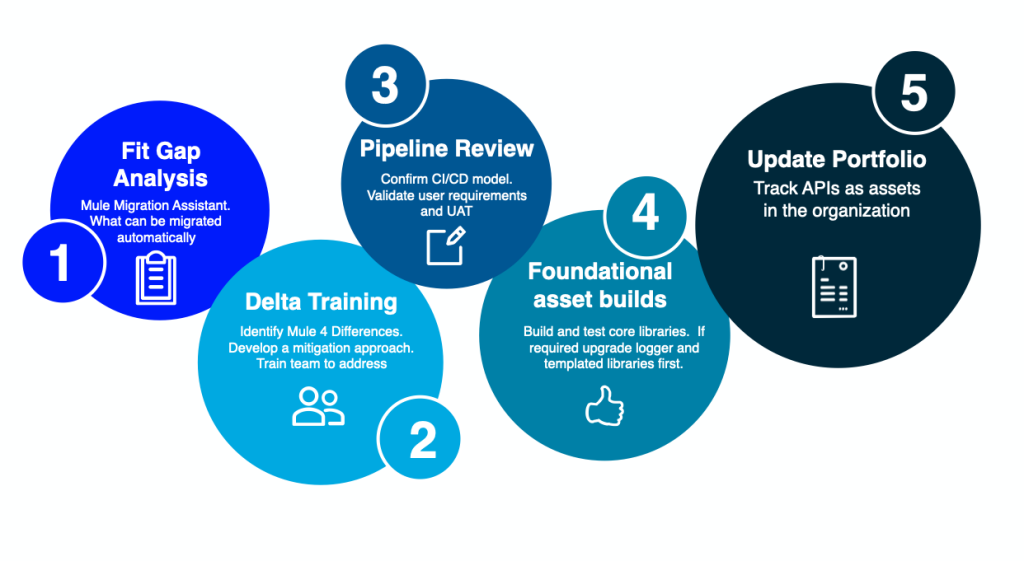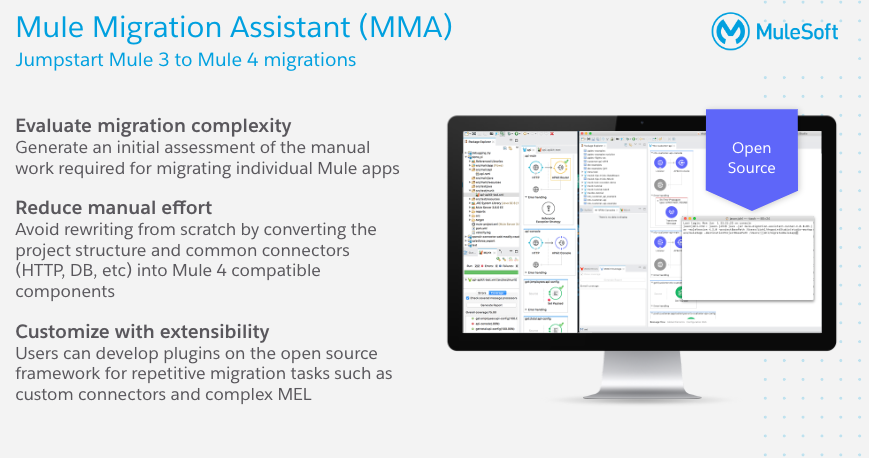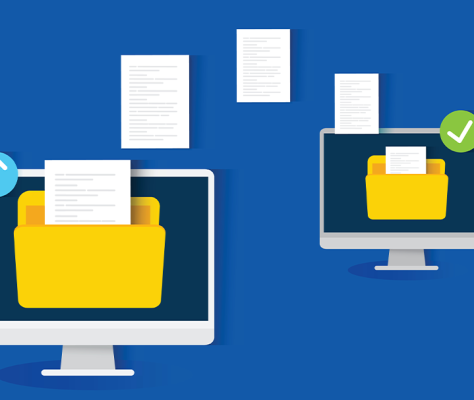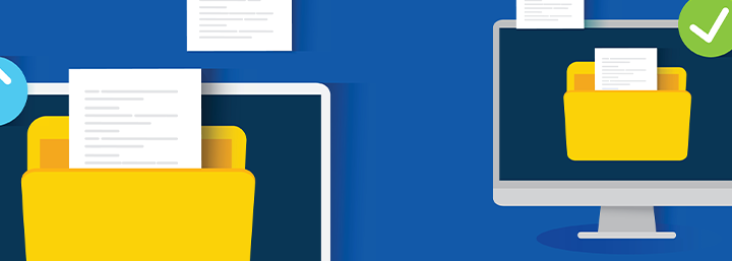Tim Berners-Lee, father of the world wide web, stated that a web year was about three months long. He referred to the rapid pace of technological change and made that claim back when Netscape was still the dominant browser, so it’s safe to assume the time is even shorter now. Change is the only constant we can expect. Nowhere is that more true than in the world of software development and cloud-enabled capabilities.
Keeping with that theme, on March 20, 2024, MuleSoft will end extended support for the Mule 3 runtime engine.
For users still on this platform, the time is quickly approaching to address the “burning platform” issue. Each day without action is a lost day to get current. Let us discuss the impacts of prolonging the move to Mule 4, the benefits of migrating now, and suggestions on paths you can take to complete the migration.
Have you heard the phrase “burning platform” when discussing impending software updates? Daryl Conner coined the phrase to describe this type of organizational change. He asserted that not everything is a burning platform. There must be a real and immediate need. There are only a few options available and they are irreversible. All of the options have levels of risk. These criteria can be useful when planning to move off of Mule 3.
End-of-life for Mule 3 doesn’t have to be an emergency
Let’s examine the position we find ourselves in if we still have APIs running on Mule 3. The clock is ticking and we know there is a hard stop date fast approaching. We can use an application rationalization model to determine our options. Do we re-platform the code with minimal change to Mule 4? Do we reimagine or refactor the APIs to take advantage of the new Mule 4 features? Do we retire the API and replace it with new technology? Do we migrate the code off of MuleSoft and use a different solution altogether?
We know we cannot stay on Mule 3 past March 20, 2024.
But even before that, we will realize an impact if we continue to kick the can down the road and put off addressing the Mule 3 end of life. More and more technical debt will be acquired in the organization. Maintenance costs will rise as troubleshooting becomes more difficult. Developers and Partners will want to leverage the new capabilities. Those new capabilities will not be available until the migration is complete. The platform end date continues to draw closer, change is coming.
Do we have time to take advantage of these new Mule 4 features or do we simply lift and shift the code to Mule 4? Keep in mind that if we choose to lift and shift we lift and shift all of the legacy issues as well. Each day we wait the more the answer will be made for us. There is still time to refactor or reimagine the code to take advantage of the new capabilities. The sooner you start to plan and move to execution, the more likely this option remains viable. But the longer you wait, the more likely you will be faced with a lift and shift upgrade approach.
With change comes new possibilities
Why are you being put in a position to upgrade your APIs at all? Nothing is built to last forever and this includes enterprise software tools like MuleSoft. One of the main value propositions organizations saw in cloud technology was the promise of keeping them current. Many organizations have tried hard to be N-1 but in reality, they are more like N-20 in the traditional on-premise model.
A key benefit of the move from Mule 3 to Mule 4 is the future-proofing and minimizing of the impact version management can introduce. Mule 4 looks to future-proof your development investments and delivers a compelling set of new and improved capabilities.
- Unlock data quickly: Access data for parallel consumption with better space and size constraints
- Deliver integrations faster: Reuse functions flows, and components to develop in a standardized fashion
- Run apps anywhere, better: Modernize application deployments with power and ease
- Get higher performance: A more powerful runtime engine and significant performance improvements
- Experience new innovations: A host of new features to build industry-leading APIs and integrations
- Become future-proof: Latest in product enhancement and innovations and simplified self-service upgrades
- Maintain zero downtime: Enhanced error handling and retry logic to maintain system connection uptime
- Simplify data transformations: DataWeave to transform and load billions of well data samples in WITSML format
- Automate functional testing: MUnit testing framework for operations like asserting JSON payloads
We are releasing new and enhanced capabilities to the platform all the time which is the reason we remain the leading API platform in the marketplace. Mule 4 has cloud-enabled capabilities to extend the Mule development model to the web. Mule 4 is more modular and simplifies the development process, reducing the time to market and offering needed agility in your changing environment. Our universal API management capabilities address APIs built in other programming languages but benefit from the MuleSoft industry-leading API management features.
Managing migration to Mule 4: A proven approach
We have tools and strategies that can help with the migration and the new features you gain will improve the development experience. While we’re aware that our customers can only digest so much change at any one time, we also know that the nature of software is one of endless evolution and refinement.
It’s this stream of upgrades and changes that allow MuleSoft customers to have peace of mind regarding posture on security, performance, and quality. Given that enterprises have to account for upgrades and changes across their full estate of SaaS/PaaS and on-prem software (i.e., not just MuleSoft), backward compatibility and feature parity are always at the forefront of our minds as we prepare for this level of change and we strive to make these changes low impact to our customers’ operational teams.
The technical world we live in today will continue to change at a rapid pace and we must be prepared for it. There are hard questions that need to be addressed.
- How did you get on the burning platform in the first place? Organizations like MuleSoft strive to give adequate runway for upgrades.
- Are you treating your APIs like assets?
- Do you track your technical debt accumulation against an API portfolio that is tied to business value? If not, then the time might be right to do just that.
Not only migrate your APIs but track their importance to delivering business value. Track potential technical debt scenarios and measure their impact compared to remediation. Ensure that your organization is running on the best, most current version. You need that agility in your enterprise to address competitive pressures and respond to disruptors and market change drivers.
If we understand the importance of upgrading from Mule 3 to Mule 4, then how do we go about doing it? The first step is to assess the size of the effort needed. Plan on one to two weeks for an architecture and design review where you inventory all of the APIs that need to be migrated from Mule 3 to Mule 4.
Use a basic t-shirt sizing exercise to bucket the apps into a simple-medium-complex categorization. Select one or two APIs from each bucket and run them through the migration cycle. The first few will take the team a little time but as they identify issues, patterns and concerns they will develop mitigation plans to address the issues as they arise.

Your MuleSoft development team needs to be aware of the new Mule 4 features and identify any potential issues that might arise. It is best to run the APIs through the Mule Migration Assistant for a fit-gap analysis.
This open-source tool is designed to evaluate migration complexities and reduce manual efforts by your development teams. Your team can also extend the tool to handle repetitive tasks. Ensure that your development team has the proper training and understanding of the migration steps needed. Validate that the application development pipeline is functional and includes proper user acceptance criteria and test plans. Work through the API inventory, and ensure that core libraries and critical dependencies are addressed in order. When the migration is complete, document and update your API portfolio to ensure future state alignment and traceability to business value.

Change or be changed, but change is coming! Migrate from Mule 3 to Mule 4 today.
Change is a difficult thing to manage, but we must manage it. Change or be changed but change is coming. We must plan for change or change will be thrust upon us. You would much rather plan for the change while you have time than be forced to make the burning platform decision. It is a difficult conversation to say to any customer that you must execute these upgrades to stay current, but that is the world we find ourselves in.
MuleSoft is poised to lead the digital transformation that Enterprises are faced with today. To do that we need to move the technical needle forward. As we work to reduce the impact of future migrations, the Mule 3 to Mule 4 migration is a critical step in that journey. Don’t wait – assess your current inventory of Mule 3 APIs today, and assess their business value. What will happen if they cease to operate? Don’t wait to find out.
Need extra hands to help with the migration? The MuleSoft Professional services team has a proven track record in executing these migrations. Because MuleSoft is an industry-leading platform there is a strong partner ecosystem ready and willing to help with your migrations. If you need assistance, reach out to your Account Executive for help and guidance on how to implement a successful migration plan.









